 |
publications | books | associations
Leaflets, booklets and books issued by various trade bodies and associations.
|
|
street lighting
british commercial gas association
Late 1937
This booklet is concerned with traffic needs and the way in which lighting
authorities are meeting them. It describes many famous London gas installations
such as Whitehall, Kingsway, Aldwych, Chelsea Embankment and
many others.
Published by the British Commercial Gas Assocation.
Copy Required!
|
|
|
light on the roads
british commercial gas association
Late 1937
Published by the British Commercial Gas Assocation, this
book analyses the MOT Report of 1937 and
shows how to comply with it. Was issued to all gas undertakings along with the MOT Report.
Copy Required!
See: 1937 Advert, 1938 Advert, 1938 Advert and
1939 Advert
|
|
|
electric street lighting
british electrical development association
Early 1938
Published by the British Electrical Development Assocation, this
book analyses the MOT Report of 1937 and
shows how to comply with it.
24 page booklet. It conveys by text and clear illustrations the principles on which effective street lighting is
founded. Based on the Final Report, it deals with
every phase of street lighting: visibility, lighting of curves, siting and spacing of lamps, special cases such
as roundabouts and junctions, together with a chapter on electric lamps and lanterns, and a section which explains
"non cut off" and "cut off" lighting distribution.
A sound contribution to the cause of efficient street lighting, the booklet makes good a gap in street lighting
literature by telling the why and the wherefore in a lucid way with a complete absence of pedantry.
Copy Required!
See: 1937 Advert
See: 1938 Journal
|
publications | books | manufacturers
Leaflets, booklets and books issued by various manufacturers.
|
|
the "philora" plan for public lighting
philips
Late 1938
Good public lighting is envisaged as embracing adequate intensity, reasonable uniformity, lack of
glare, correct siting of units, correct contrast production, reasonable road brightness, low operating
costs and easy maintenance. The booklet sets out the main recommendations of the MOT Report and
features pictures of installations and lanterns.
Copy Required!
See: 1938 Journal
|
|
|
planned street lighting
bth
Late 1938/Early 1939
BTH have issued a booklet, Planned Street Lighting, of over seventy pages,
fully illustrated which describes the various types of lamps, lanterns and accessory equipment manufactured by
the company. The booklet is much more than a mere catalogue or list of BTH street lighting
products; it is a guide to correct methods, as approved by the latest practice. Prolonged laboratory work
has enabled the company's engineers to establish basic principles and to ascertain the most suitable sources of
light and the most effective systems of light distribution for general requirements. Then comes the application of the knowledge,
thus gained by practical tests on roads and streets. The results of this wide experience is embodied admirably and lucidly in
the new booklet. Details are given of the Mercra range of electric discharge lamps,
and of several lanterns designed for different classes of road. The Sodra electric discharge lamps
are also described; and the County Junior lantern, which is low priced and suitable for either
Mercra or Mazda lamp, is exceptionally effective for side roads. A description is
included of BTH photoelectric relays and their action in street lighting control; of the foot-candle
meter for testing; and finally a couple of pages are given to illuminated traffic signs and guard posts; all models
conforming to MOT requirements. In brief, Planned Street Lighting covers all the principle needs
of authorities who may wish for information on the subject.
Copy Required!
See: 1939 Journal
|
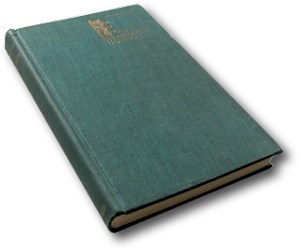
|
the roadmaker's library volume 12: street lighting
waldram
Edward Arnold 1952
In this volume, Waldram succinctly sums up every aspect of street lighting theory, thought and practise. From
the laws behind light, perspective, reflection and refraction, he expands on the aims and practise of street lighting itself and includes
chapters on every aspect of the subject.
Although written in the early 1950s, and before the British Standard Specification CP:1004, Waldram's book
describes many of the theories and practises which would be continued for many years. It's almost the foundation stone for many of the street
lighting practises of today.
Quite simply: any street lighting enthusiast should have a copy of this book.
|
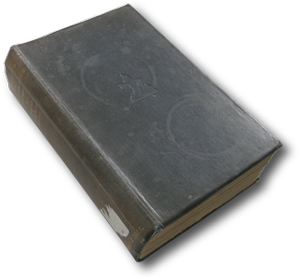
|
the theory and design of illuminating engineering equipment
jolley, waldram and wilson
Chapman And Hall 1930
Written by staff at the GEC, this large volume deals with all aspects of illuminating engineering
design starting with theory before exhaustively covering almost every aspect of the subject.
This excellent book gives a historical insight into the theory and design of street lighting equipment as the
scientific approaches developed in the 1920s are implemented and discussed. The precursors of the MA lamp (which
was three years away) are studied; Waldram has just started to describe what would become 'silhouette lighting';
the lighting distributions described don't last beyond the mid 1930s; and the British Standard Specification (BS:307) for
street lighting is partly reproduced - it was obsoleted several years later.
Whilst not as important as Waldram's 1952 publication, this book is extremely important as many
of the foundations for the future theory of street lighting have just been put in place.
|
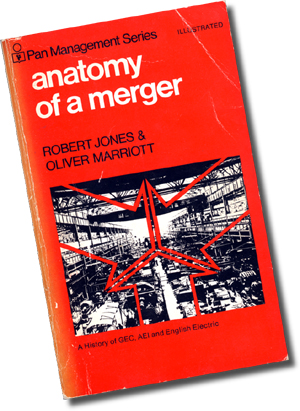
|
anatomy of a merger
robert jones & oliver marriott
Pan Books 1970
ISBN 0 330 23213 4
Written two years after the huge mergers which shook the British electrical manufacturing base in the late
1960s, this book details the assimilation of English Electric and Associated Electrical Industries (AEI) by
the General Electric Company (GEC).
The formation of the major players is documented, starting from the humble beginnings of many as lamp
producers. As the foundations are laid, the emergence of the GEC, British Thomson-Houston (BTH),
Metropolian Vickers (MV) and Siemens are covered. Through mergers, and overseas attempts of control (through
cartel manipulation and share purchasing by American giants General Electric (GE) and Westinghouse), the
fates of companies is examined and dissected.
Young upstarts, such as Philips, Thorn and Crompton also get brief mentions; and itís interesting looking
back, at how they were completely underestimated even then.
So, if you were confused by the sheer number of manufacturers, and why several all seemed to make the
same thing, then this book is a must.
|
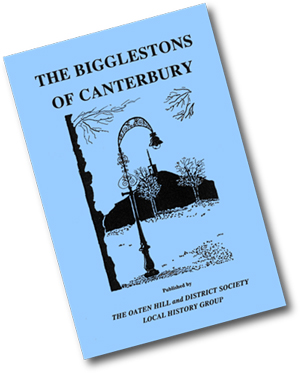
|
the bigglestons of canterbury
the oaten hill and district society
published by thanet district council
ISBN 0 951 4891 5-1
This booklet (weighing in at 40 pages) covers the history of Bigglestons, a Canterbury firm who traded for 150
years in the centre of the city. Starting as purely a blacksmiths and foundry, the firm diversified hugely throughout its long life,
primarily being involved with metal working and casting, before switching to gardening machinery.
Lamp posts were part of the firm's staple work, and the Biggleston's columns can still be found around the city. However,
it was Haydn Harrison (a friend of one of the firm's long line of Biggleston directors) who hugely
increased its workload by commissioning the firm to produce his electric street lighting units; culminating in the hugely popular
Bi-Multi range introduced in 1927.
Street lighting is only a small part of the booklet's contents, which features pictures of the founders, the foundry itself, and various
examples of their output (from clocks through to bridges and cast iron posts and poles).
Produced by the Oaten Hill and District Society, copies were available around the city in local bookstores. However,
Albion Bookstop have long since sold out of their stock (and the website which is taking orders on their behalf is a very sore point
with them) and the society have since disbanded. I'll see if I can find any members of the society to see if they have any copies left,
or if they'll allow publication of it on the Internet.
Until then, the small sections about ESLA can be read here.
|
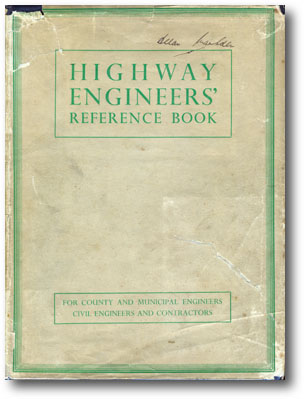
|
highway engineers' reference book: 1947
for county and municipal engineers, civil engineers and contractors
Editor: Edward Stead, M.C., A.M.I.C.E., F.S.I., M.T.P.I.
The Highway Reference Book included a
street lighting section with a description of
gas and electric equipment made by the major manufacturers along with a description of gas lighting.
|

|
highway engineers' reference book: 1951
for county and municipal engineers, civil engineers and contractors
Editor: Edward Stead, M.C., A.M.I.C.E., F.S.I., M.T.P.I.
The Highway Reference Book included a
street lighting section with a description of
gas and electric equipment made by the major manufacturers along with a description of gas lighting.
|
|



